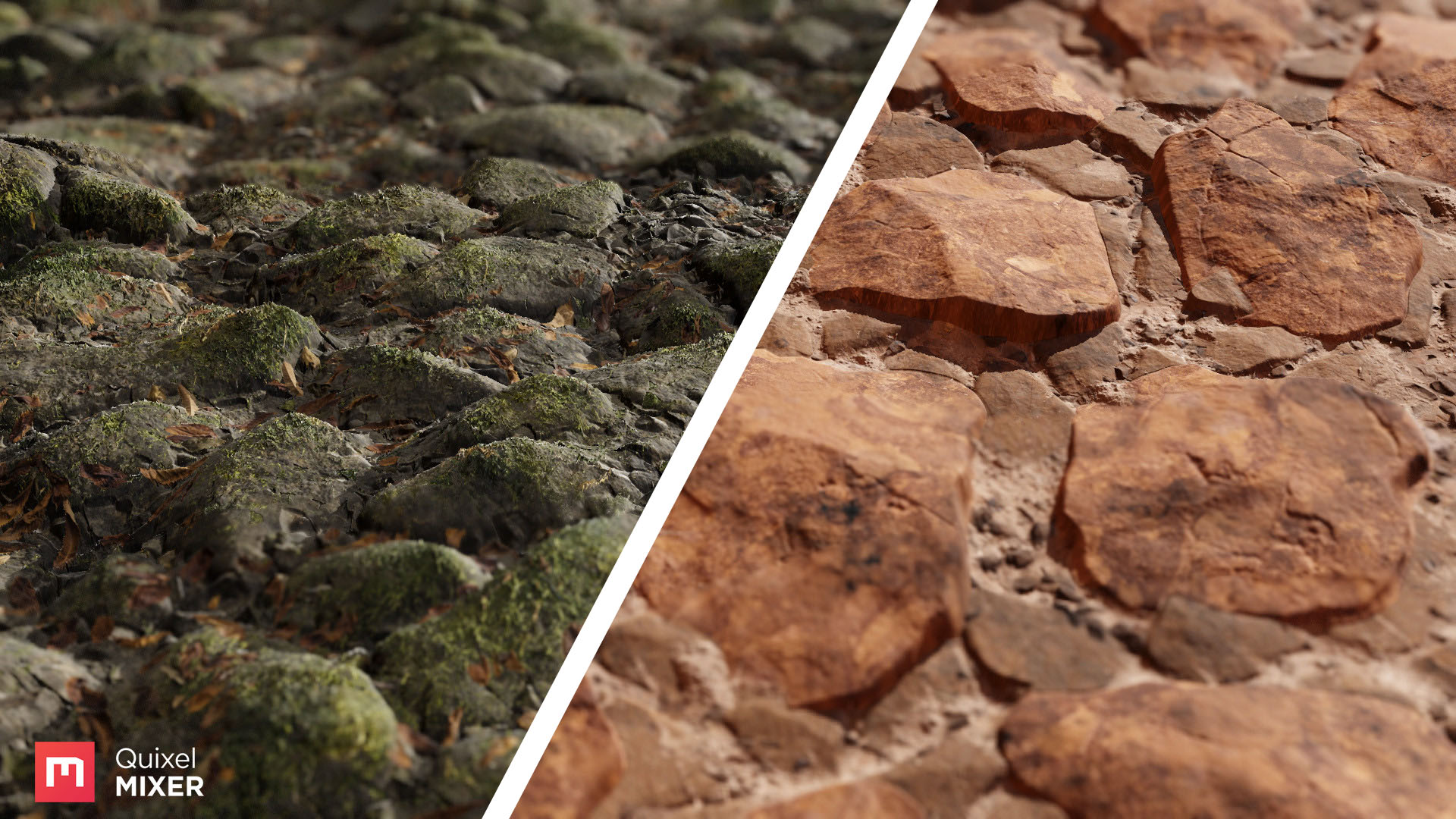Javier Perez on putting Quixel Mixer through its paces
Javier Perez, senior environment artist at Intrepid Studios, recently spoke with 80 Level on his process when approaching material creation, as well as his take on Quixel Mixer and the Quixel Megascans library.
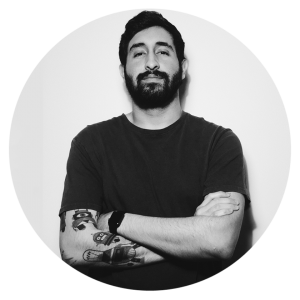
Working with Megascans
Megascans has been an amazing resource both in my professional and personal work. The content they provide is great, and they are constantly updating and adding new resources. The biome categories are some of my favorite in the Megascans library as it gives you a cohesive palette to create a scene or texture set from. Lately, I’ve been playing a lot with their texture scans inside of Quixel Mixer.
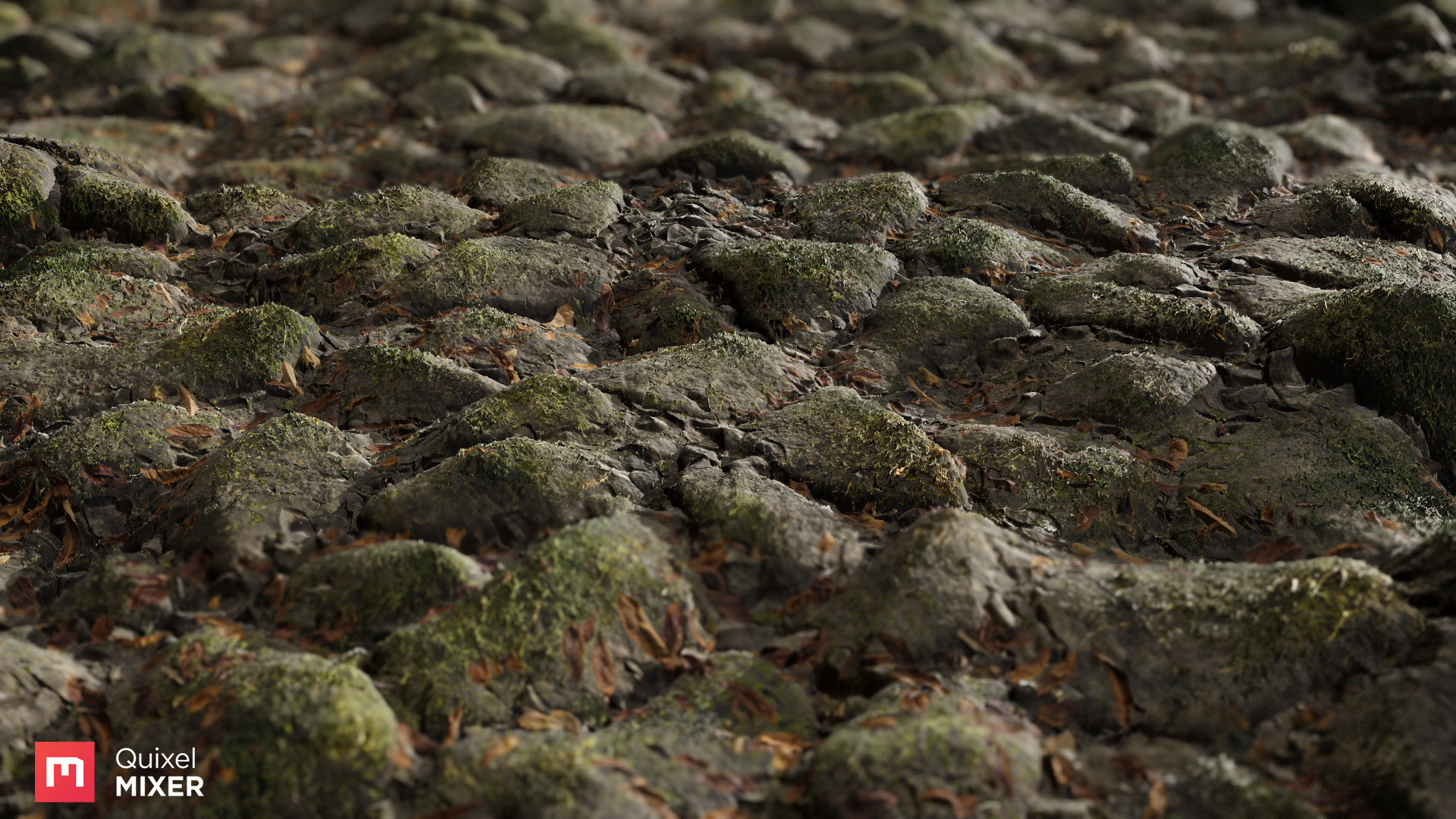
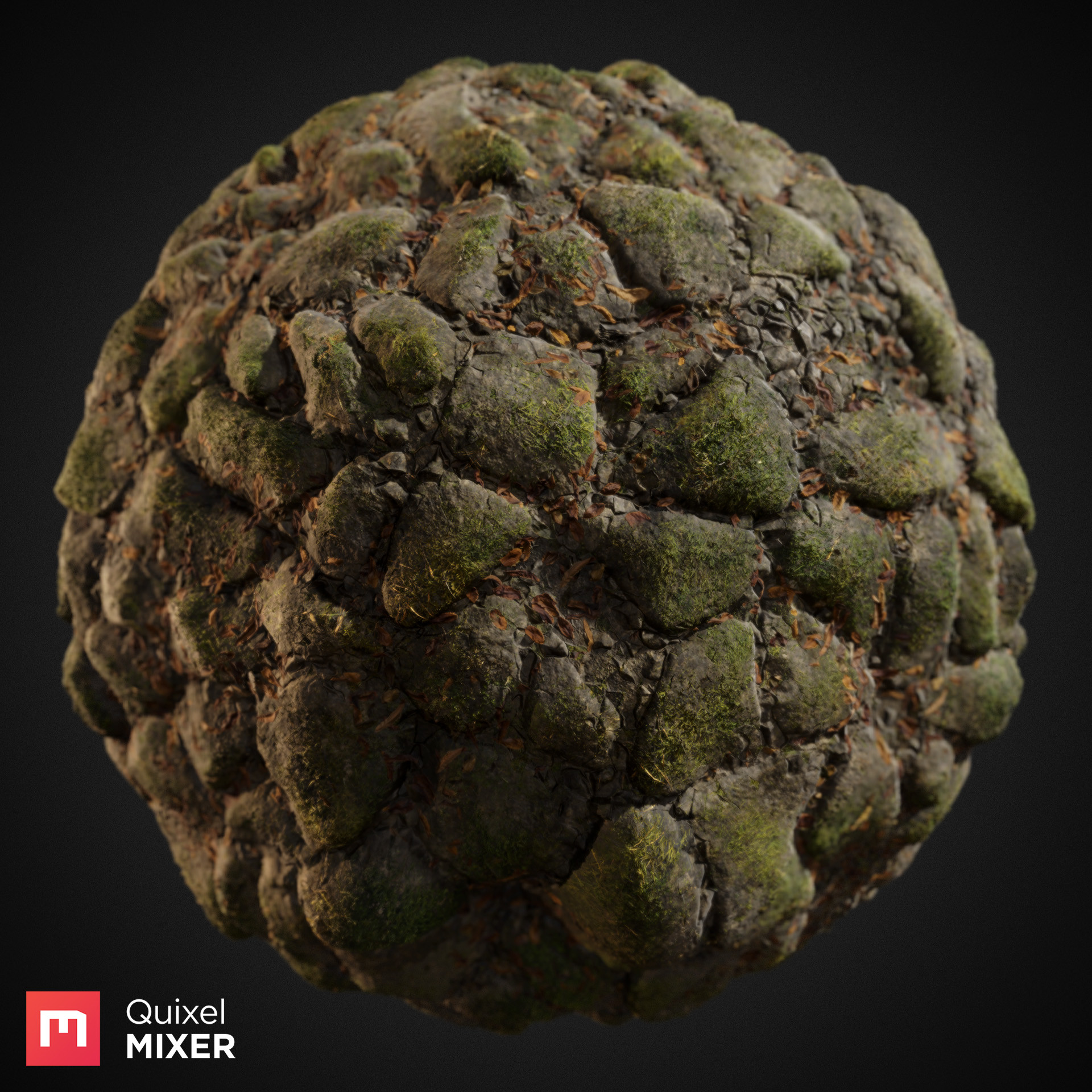
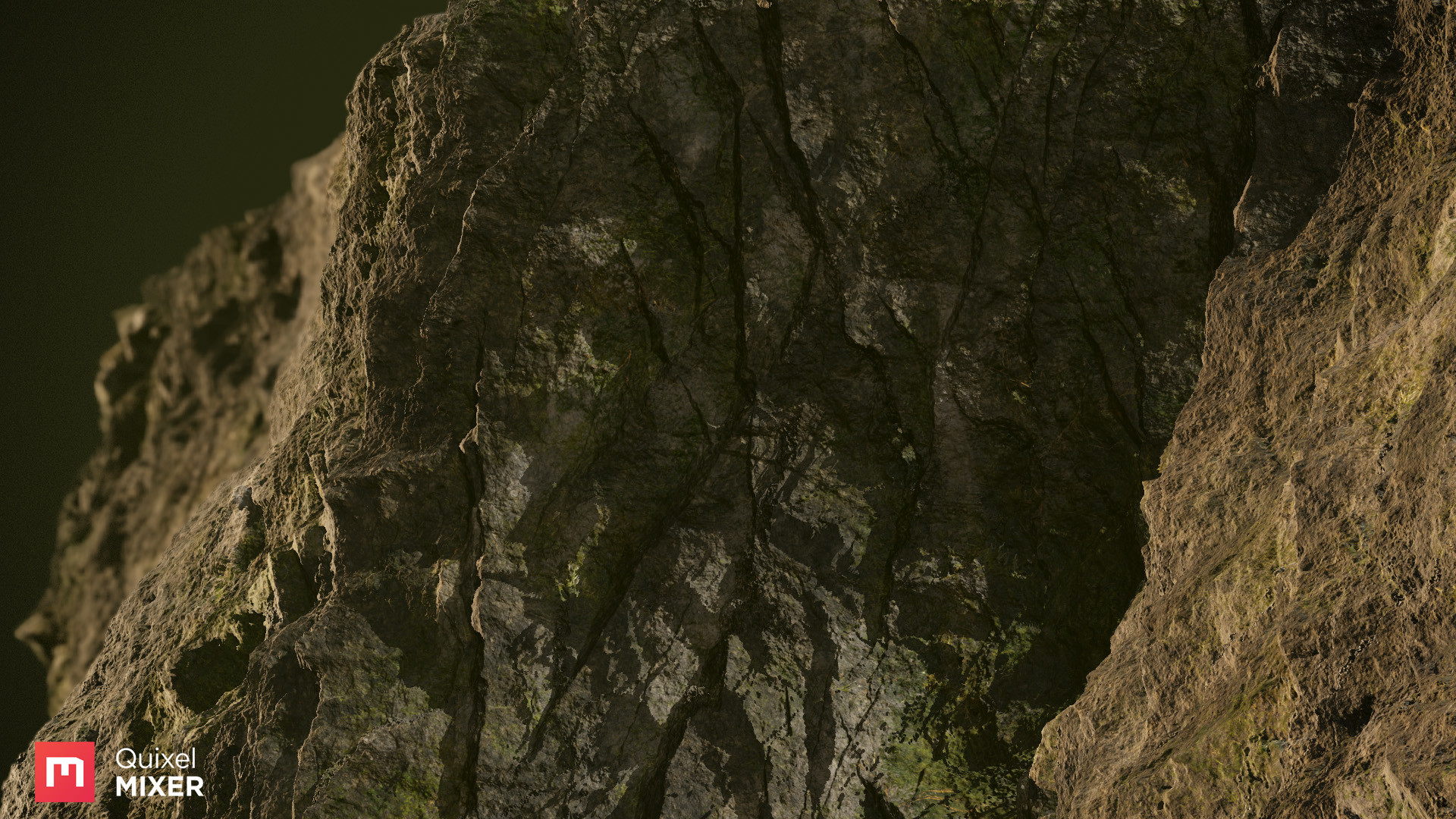
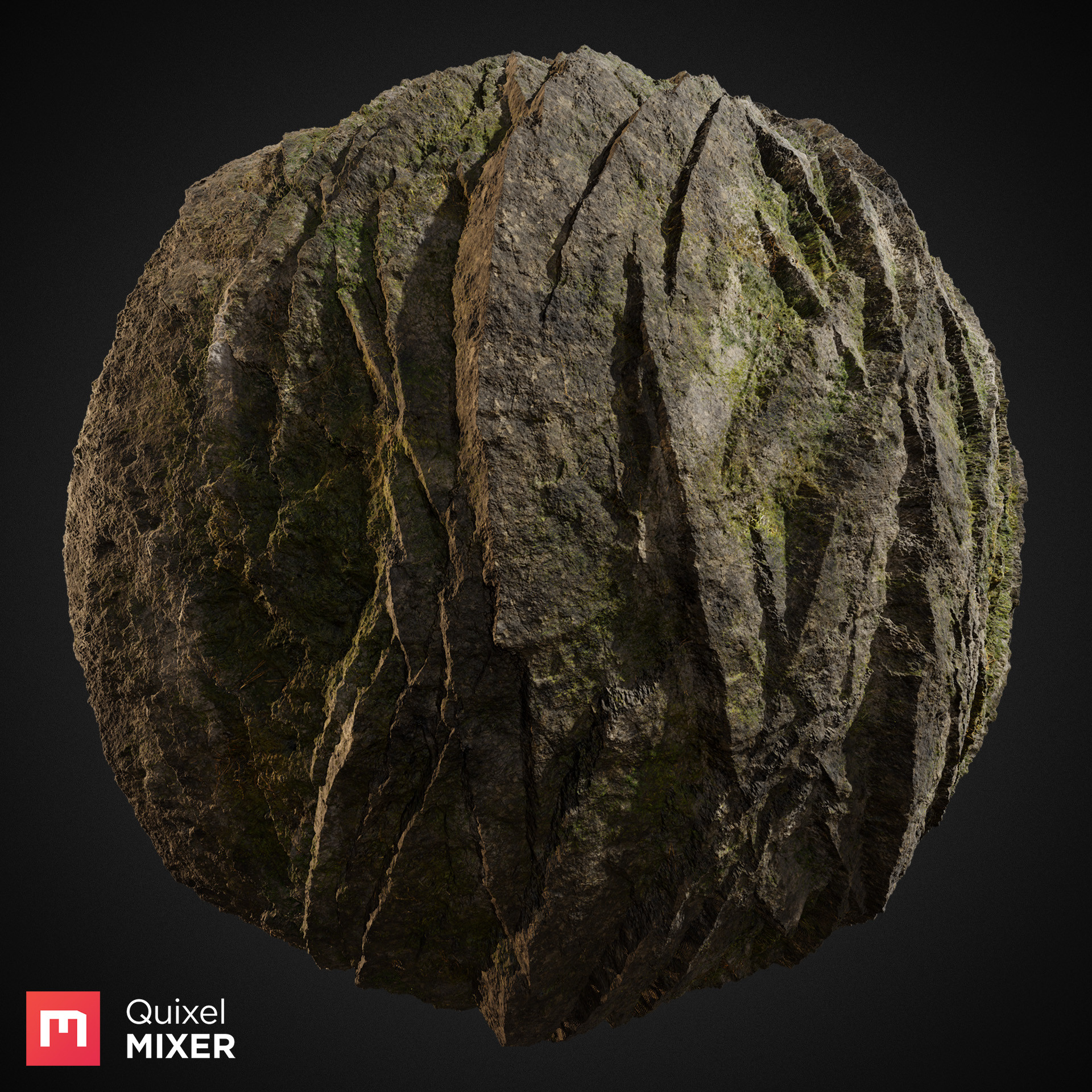
Opinion on Scans
I refer to scanned data quite a bit in my texture creation process. It’s a great resource to study and see things that you couldn’t see in a reference image. Studying albedos and normals from scans can help you with color samples and show you forms you probably wouldn’t have noticed in a regular reference picture. To me, scans have always been a sort of quality bar of what to hit when creating a texture. Trying to match the quality of real-world art is what I strive for.
Quixel Mixer
Recently I was approached by Quixel to test out Mixer and create some content for the Megascans library. Mixer is a tool to create tileable textures. Using both sculpting and painting features within the app, I have found the tool to be super powerful. Seeing all the channels in your texture live updating as you’re mixing is a great way to quickly iterate your texture creation process and save a lot of time.
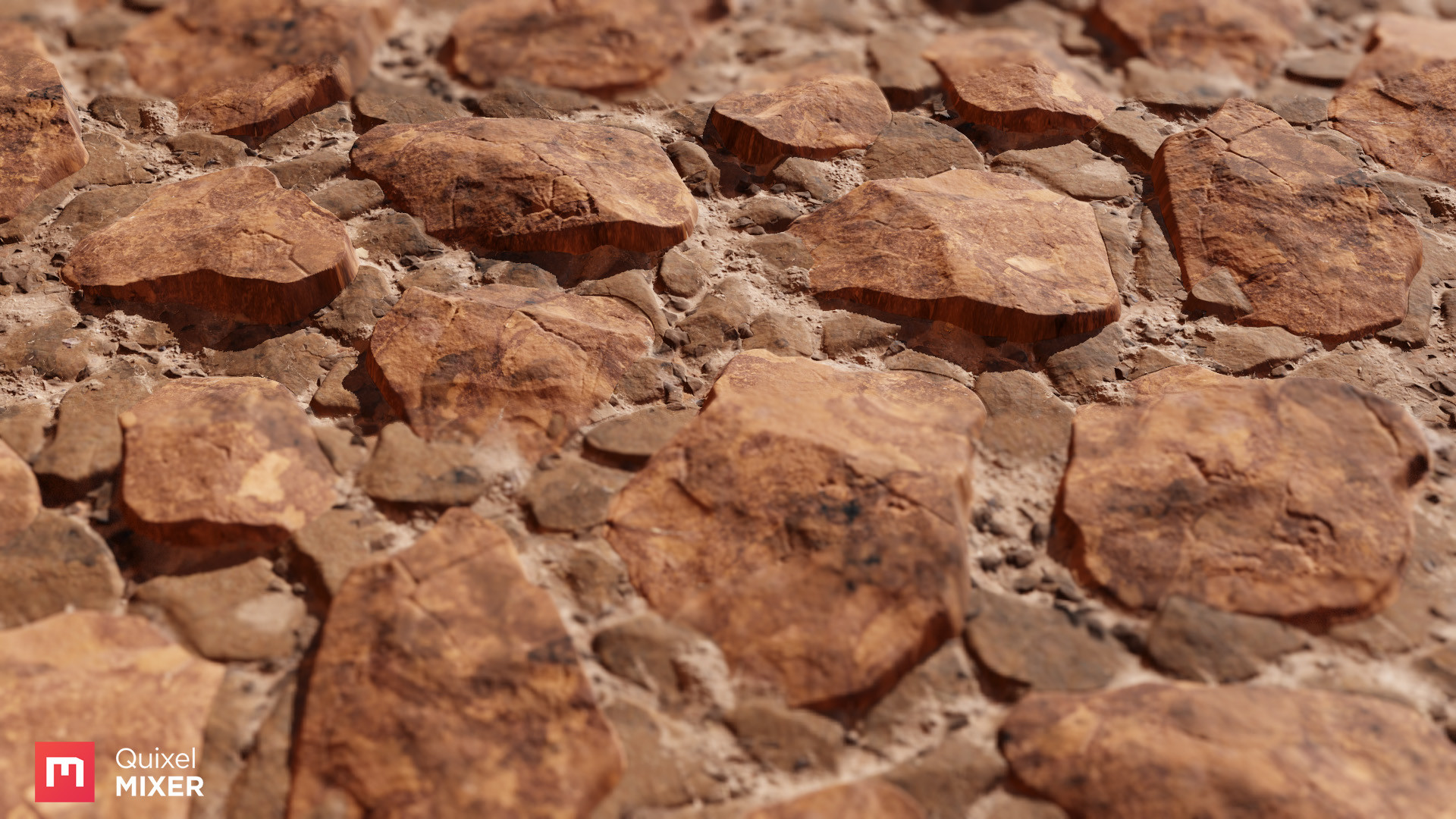
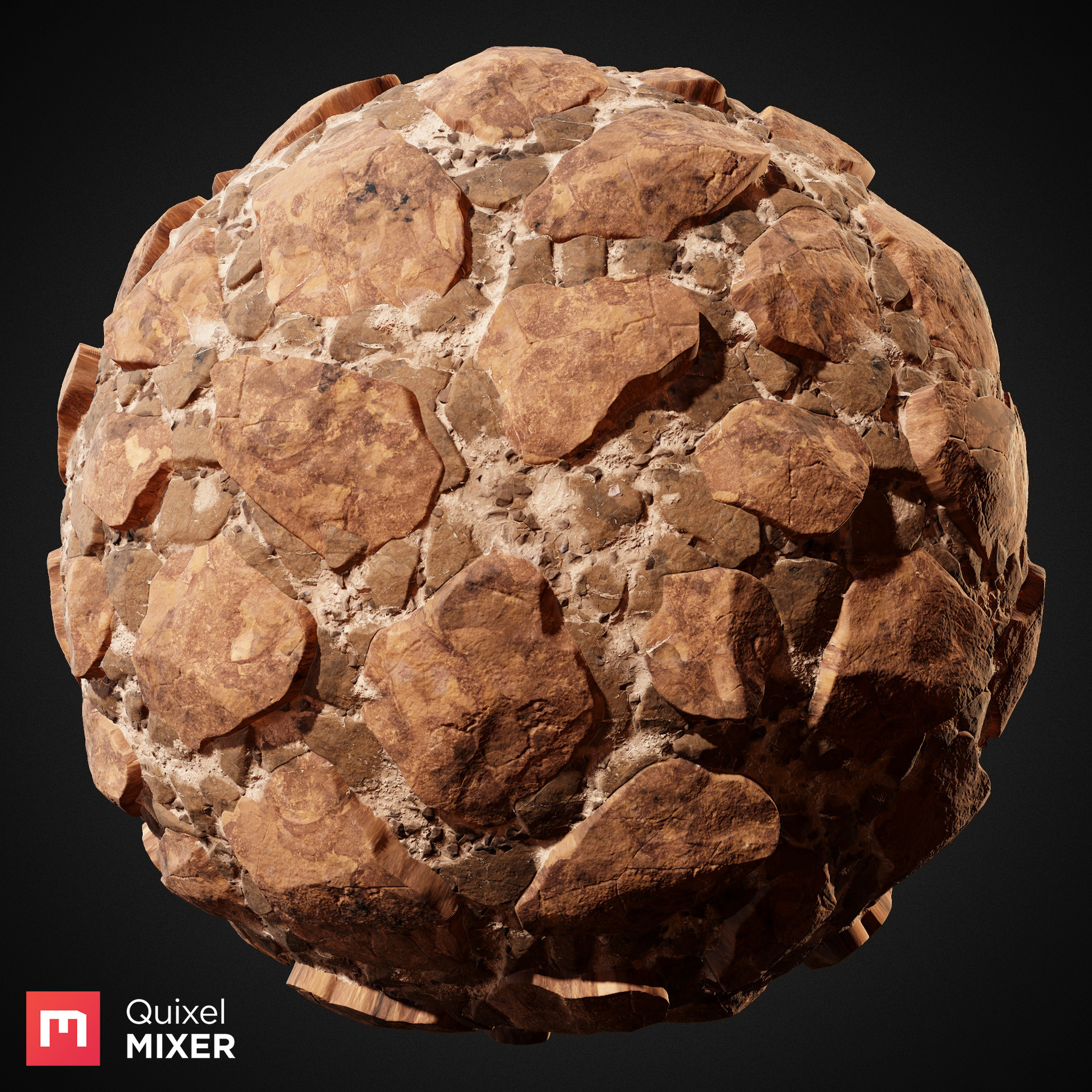


My favorite feature of Mixer is the ability to import your own height maps from whatever program you choose to author them with. I usually start by bringing in my height map as a base layer and begin to apply some Megascans textures to overlay my main forms in the height map with them.
Each layer has a set of parameters that you can adjust, which helps with how the blending is done. I would say most of the Mixes I have produced have been around 4-5 Megascans textures. As far as I know, there is no limit to the number of scans you can add to a single Mix — and I’m sure it only depends on your PC performance.
Working on materials with Mixer
Inside Mixer, you have the ability to wrap your scan to the base of the main shapes or choose to use the height information from the actual scan. Each different setting gives you a different result, and it is great to see the different iterations that can be done. The seamless blend is automatic in Mixer, so you don’t have to worry about that at all and all of the scans that Quixel provides are already tiled. A combination of the tiling scale and the threshold of the different layers helps to get rid of apparent tiling.
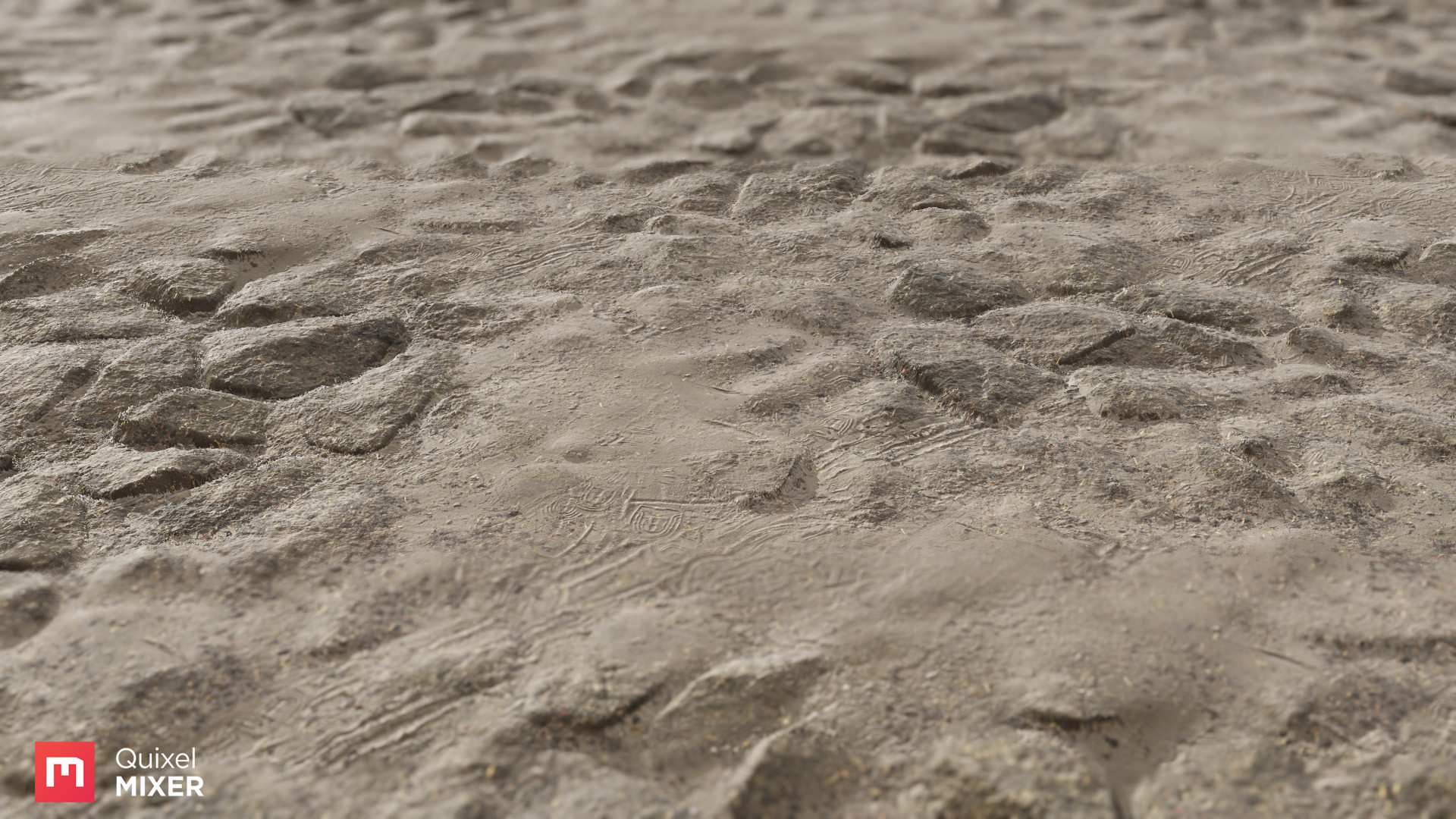
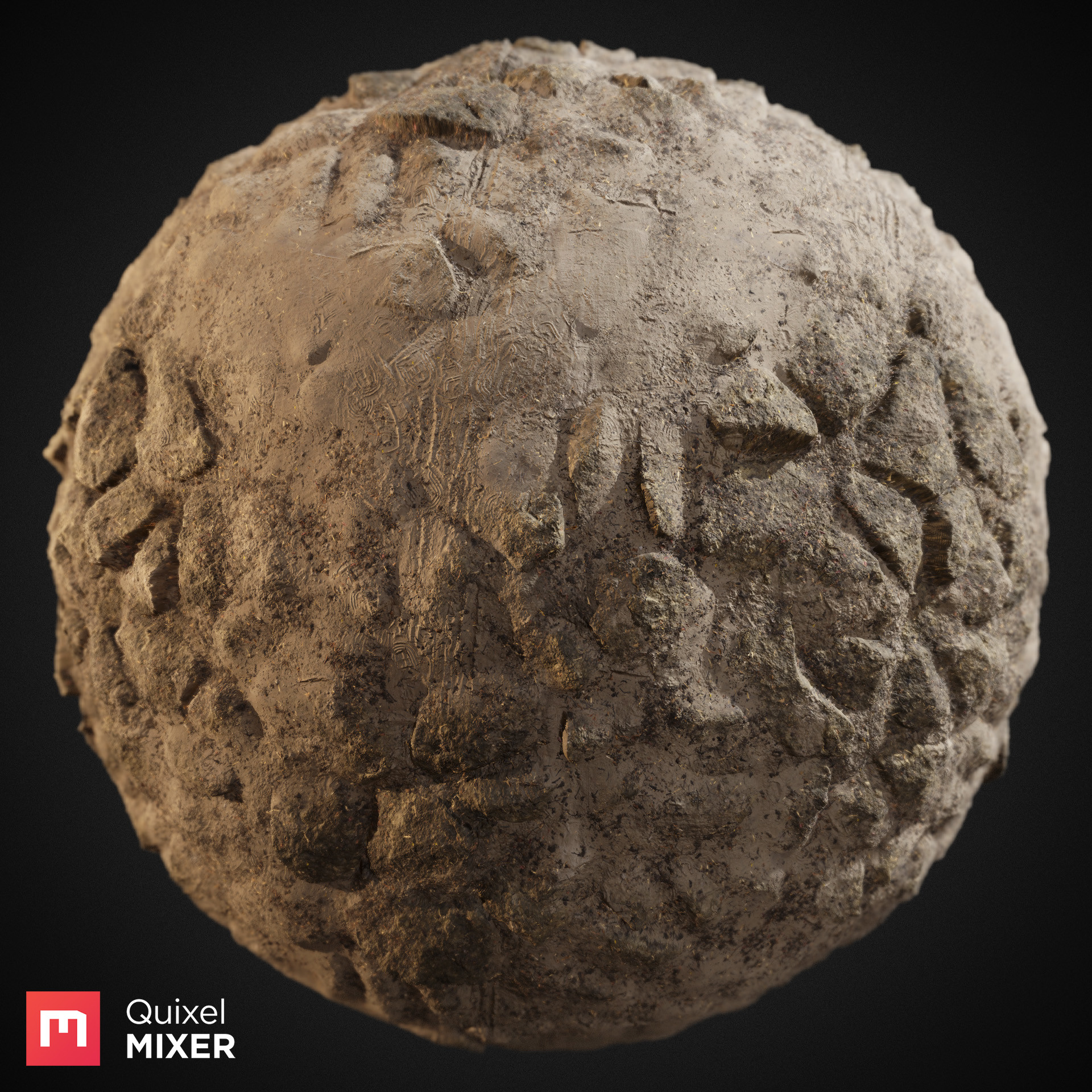
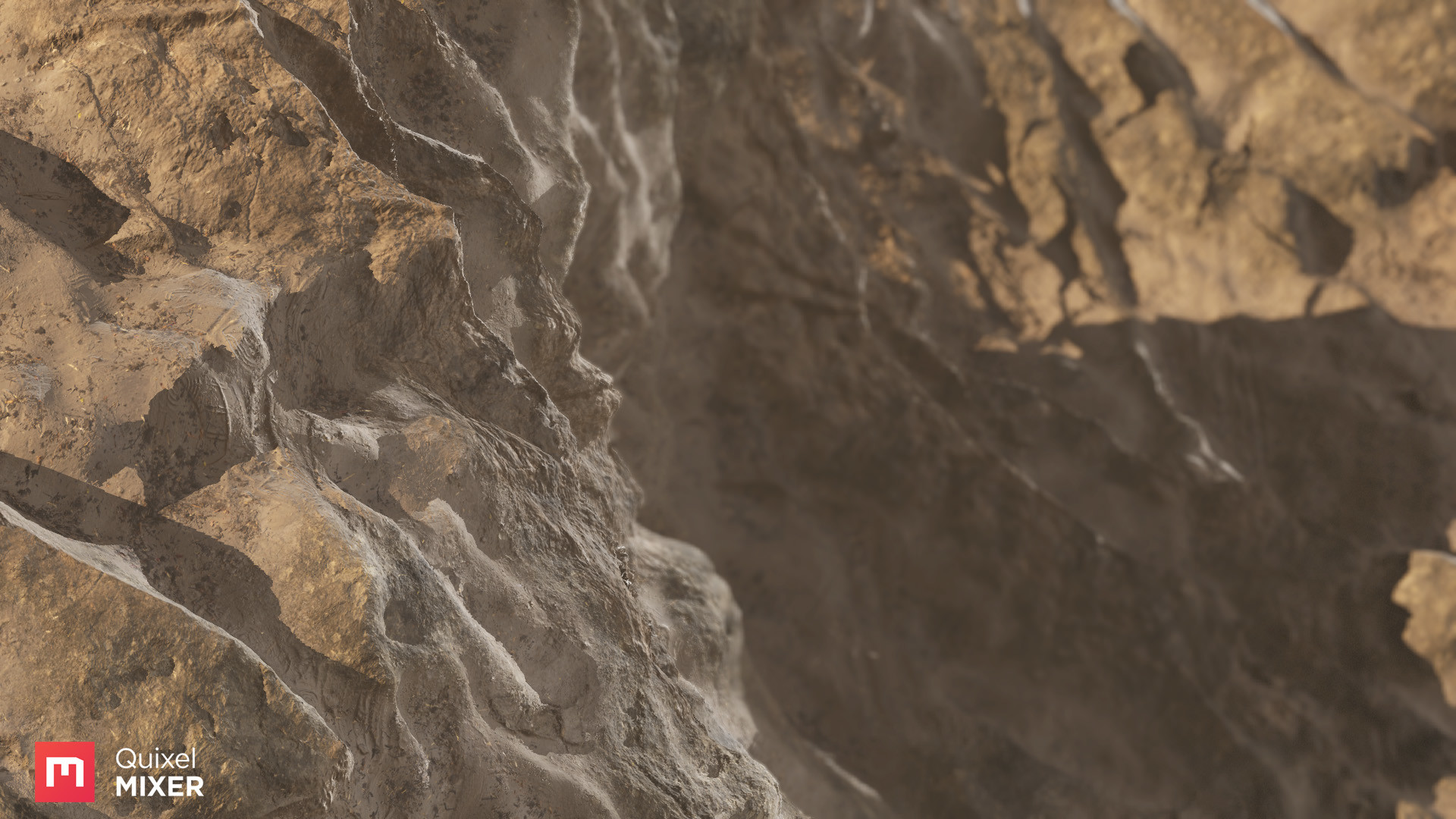
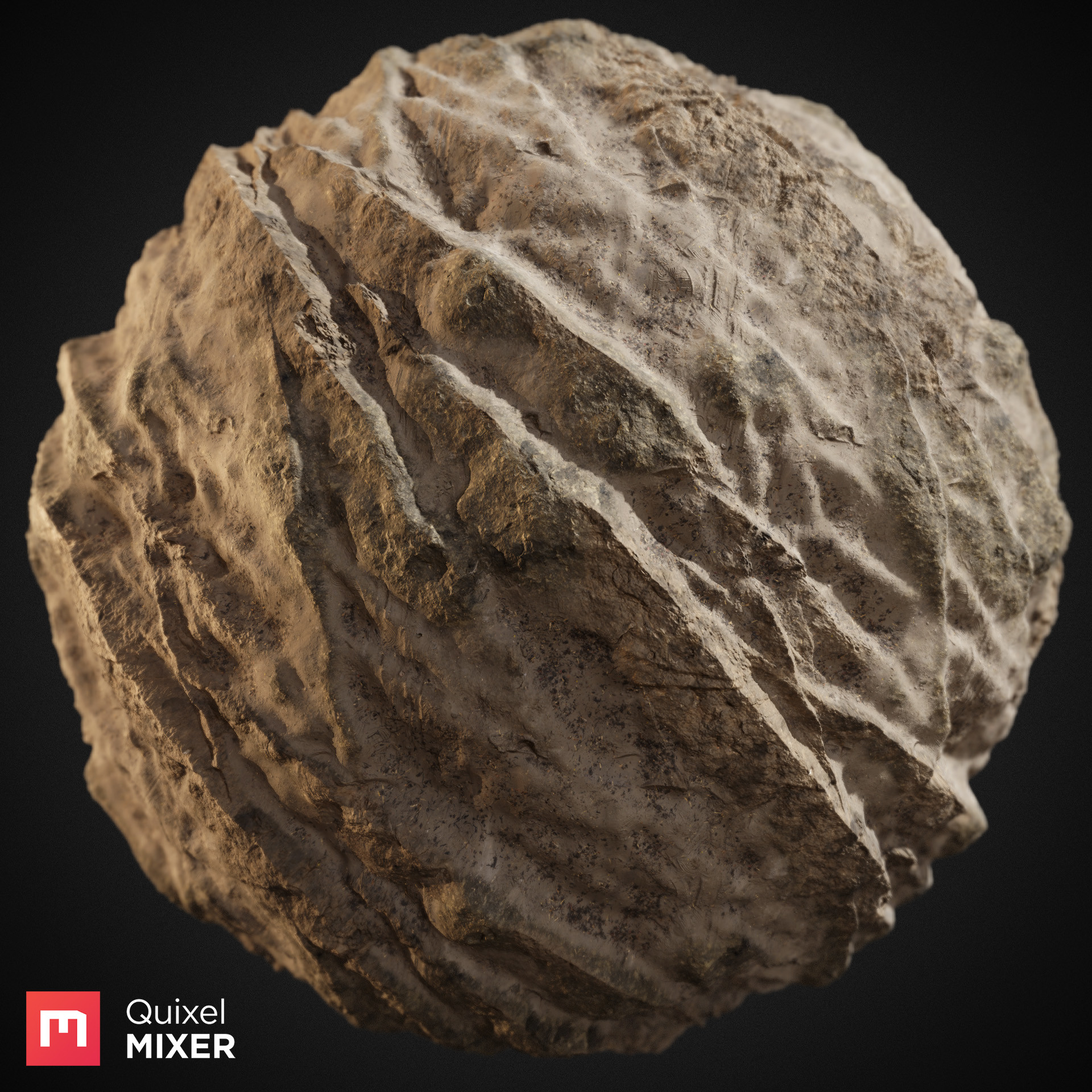
There are endless possibilities to be creative with the tool. It’s definitely up to the artist to really push their texture creation skills and use the tool in unexpected ways. The ability to import your custom heightmaps already gives enough flexibility to allow anyone to build something unique. With every new tool, it’s always a matter of time and experimentation to really see the power of what can be created.
Thanks, Javier!
Check out Javier’s work on ArtStation, which features his other stunning Mixes using Quixel Mixer!
Read the original article on 80 Level. Interview conducted by Kirill Tokarev.
Got a Quixel-infused project you’d like featured? Send your process breakdown write-up, bio, and hi-res images to blog@quixel.se.

